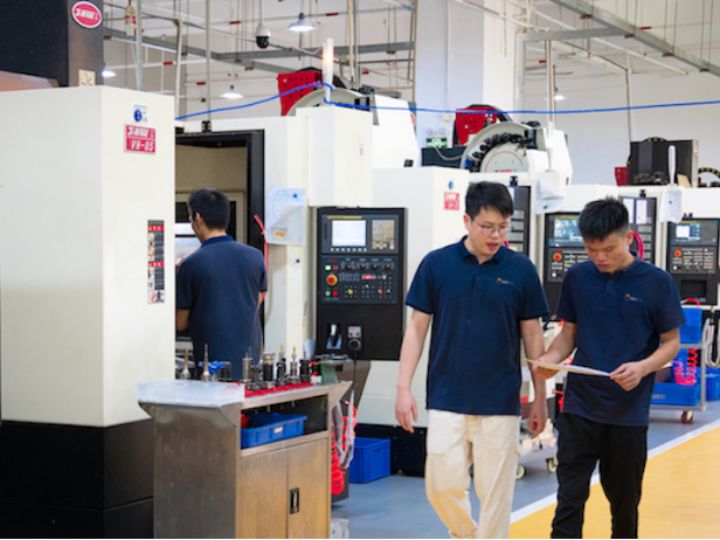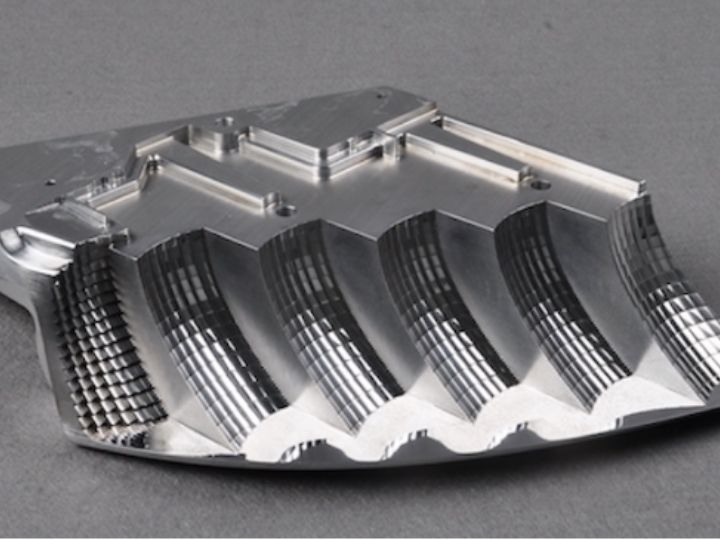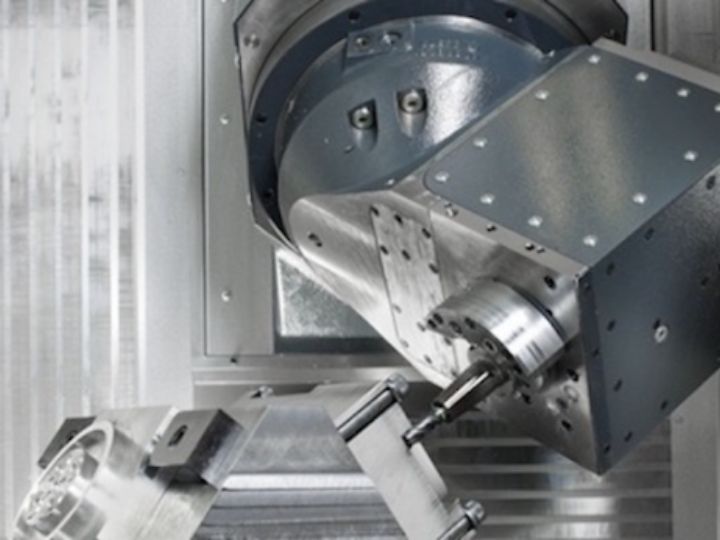Overcoming Challenges in Tool Access and Surface Finish in 5-Axis
Overcoming Challenges in Tool Access and Surface Finish in 5-AxisCNC Milling for Complex Parts
Achieving high precision and superior surface finish in 5-axis CNC milling for complex parts comes with unique challenges. One of the biggest obstacles manufacturers face is tool access, especially when machining intricate geometries with deep cavities, undercuts, or tight angles. Inadequate tool reach can lead to inefficient machining paths, increased tool wear, and compromised accuracy.

Additionally, maintaining a high-quality surface finish requires careful control of cutting forces, feed rates, and tool engagement, as excessive vibrations or improper tool orientation can result in defects like chatter marks or rough surfaces.
Addressing these challenges requires a combination of advanced CAM programming, optimized tool selection, and adaptive machining strategies to enhance efficiency, precision, and overall part quality.
Tool Accessibility in Tight and Deep Cavities
Achieving adequate tool accessibility in deep and tight cavities is still a major issue in CNC milling. Older manufacturing methods such as 3-axis or even 4-axis machines often struggle with reaching intricate features without causing tool deflection, excessive tool wear, and chatter.
Manufacturers usually perform tool orientation in 5-axis machining, this helps with overcoming limitations so that operators can reach deep cavities while maintaining the best cutting position. This limits tool stress and ensures efficient machining.
Extended tools and specialized tool holders are important for deep cavity milling. With reduced-shank tools and long-reach end mills, it is easy to navigate difficult geometries with minimal deflection.
With the help of advanced work holding solutions such as trunnion tables and modular fixturing, tool accessibility is enhanced by the reduction of part movement and enabling more efficient material removal.
By selecting the right tools and planning proper tool paths, the manufacturer can optimize CNC milling operations and improve machining precision.
Optimizing Cutting Parameters for Enhanced Precision

Fine-tuning machining settings such as depth of cut feed rate and spindle speed can help with high accuracy and excellent surface quality in 5-axis CNC milling. Good optimization results in fine finishes and reduced damage to the tool. Manufacturers usually perform careful adjustments on the tools based on the material properties and capabilities of the tools. Manufacturers can also ensure consistent performance, low production costs, and overall improvement in machining precision.
Managing Surface Finish in Multi-Axis Machining
Even though tool accessibility is important, keeping a great surface finish is equally essential in 5-axis maching. Poor surface quality can result in functional issues increased post-processing, and additional costs. Several factors such as tool vibration, toolpath, and cutting balance can also affect surface finish.
Tool deflection is one of the main causes of imperfect surfaces. Inconsistent cutting depths are normally caused by high cutting forces which further lead to unwanted scallops and marks. To solve this, fine-cutting parameters are used to ensure a smoother material removal minimizing residual stresses.
There is also another great approach: high-speed machining (HSM). This method involves the use of shallow rapid passes that evenly distribute cutting forces, limiting heat buildup and tool damage. Also, the use of advanced tool coatings like titanium nitride( TiN) or diamond-like carbon (DLC), improves tool performance by reducing friction and prolonging tool life. Generally, the use of 5-axis machining helps to improve the quality of the surface finish and eliminates the need for extensive rework and polishing.
Addressing Collision Risks and Machine Kinematics
The complexity of simultaneous movements usually triggers the increase of tool collisions in 5-axis machining. There is a likelihood of unintended crashes between tool or machine components happening if proper planning is not put in place. This can lead to costly damage or production delay in worst-case scenarios.
Knowing the machine kinematics is key for avoiding any collisions. Every 5-axis machining setup has different movement constraints depending on the configuration of the machine, whether it is swivel-rotary or trunnion style. Machine operators account for potential interferences when programming tool paths.
High-end software strategies are used to detect collision. Computer Aided Manufacturing (CAM) programs with real-time simulation capabilities allow machine operators to predict tool movement before performing actual cutting, ensuring efficient and safe operations. Adaptive toolpath planning also adjusts cutting angles and movement to prevent sudden tool changes that can affect precision. By using these tips manufacturers can perform 5-axis machining operations without risking damage, ensuring a seamless and error-free production.

Material-Specific Considerations in 5-Axis Milling
In cnc milling, material properties usually play an essential role, especially when dealing with hard metals like Inconel, hardened steels, and titanium. These materials usually come with unique challenges such as rapid tool wear, high cutting forces, and heat generation. For instance, Titanium has low thermal conductivity, which means that heat gets concentrated at the cutting edge, which increases tool wear. In comparison, Inconel exhibits hardening behavior, which causes the material to become harder as machining progresses, hence increasing tool strain.
To solve these issues, manufacturers must use cutting strategies. Using sharp-performance carbide tools with appropriate coatings can enhance tool life and efficiency during cutting. Using proper cooling methods such as minimum coolant systems or high-pressure coolants can help with effective heat dissipation.
Another best approach is by using lower radial engagement and higher axial engagement. This method reduces stress on the tool while improving removal rates on the material. By understanding and adapting to material-specific requirements, operators can reduce the precision and efficiency of cnc machining procedures.
Conclusion
From the above discussion, you can tell how 5-axis machining has changed modern manufacturing by allowing the production of complex parts with enhanced precision and efficiency. It is important to note that any challenges to surface finish, tool access and can easily be addressed to maximize benefits.
By making use of advanced tool orientation strategies, using high-performance coatings and tools, producers can overcome these problems. Also, using collision detection software and adaptive toolpath planning ensures precise and safe machining operations. Through technological advancements and process improvements, 5-axis machining is a powerful remedy in situations where high-precision manufacturing is needed.






